For the past 20 years, drivers, constructors, and the FIA have had growing concerns about the safety of many of the circuits in the F1 and World Sportscar Championships — more so than most, the Nürburgring and, more specifically, the Nordschleife. While attempts have been made over the years to slow down the straights and smooth out some bumps, they just weren’t enough. It wasn’t until after Niki Lauda’s famous and horrific fiery crash seven years ago that a plan was put in place to properly impose safety measures. As such, in 1981, work began to build a new 4.5km-long circuit built on and around the old pit area and the Norschleife was shortened to 20.76km. This new ‘Green Hell’ is being used for the first — and last — time today, at the third round of the World Sportscar Championship.
Perfect storm
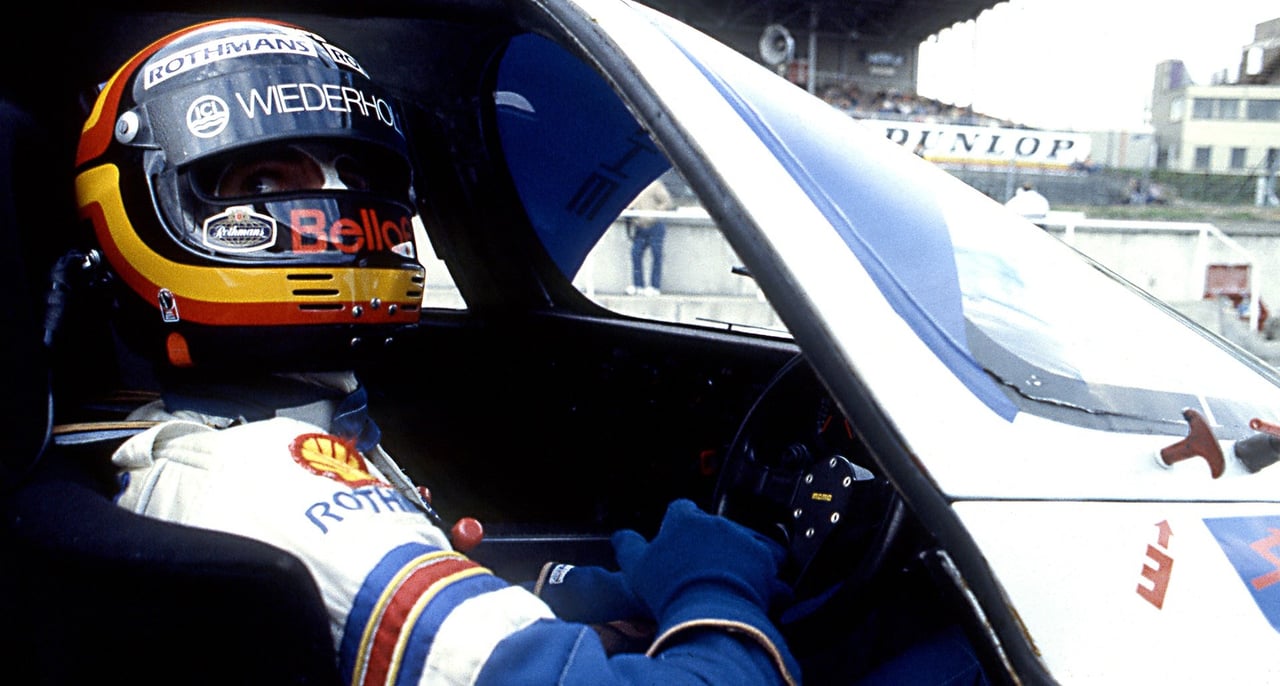
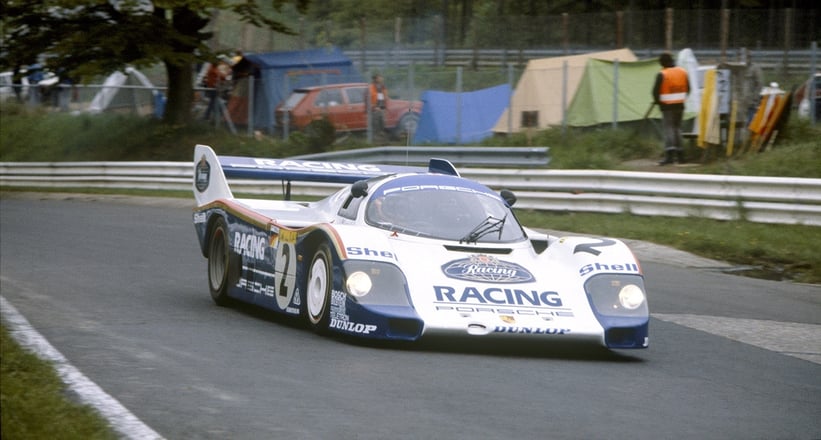
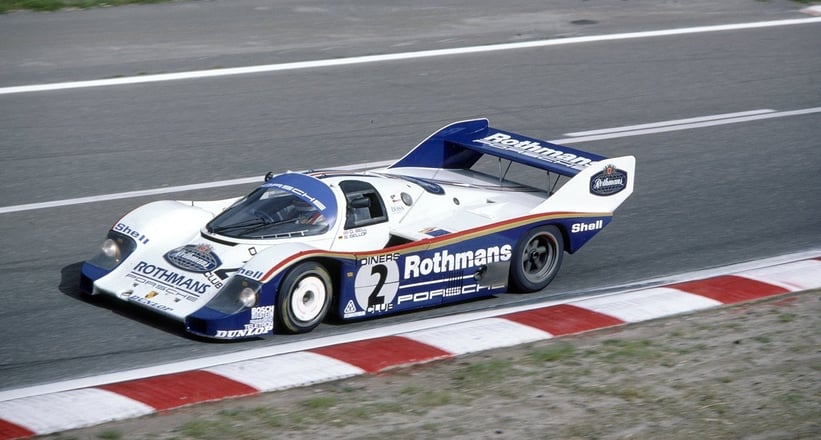
This new circuit might have posed a challenge for most drivers, as it was straighter, shorter, and slicker than ever before. But for Stefan Bellof, it was the catalyst for a perfect storm. A major component is the car he is campaigning — the Porsche 956. It is powered by a turbocharged flat-six, producing 620 horsepower, and features a ground-effect underbody —one of the first to do so — which creates a great amount of downforce. Another component in his favour is the weather. Unlike the traditional Nürburging climate — rain, snow, sleet, ice — as Bellof jumps behind the wheel of his 956, the skies are clear, the temperature is nice and cold, and the tarmac is dry as a bone.
Benchmark
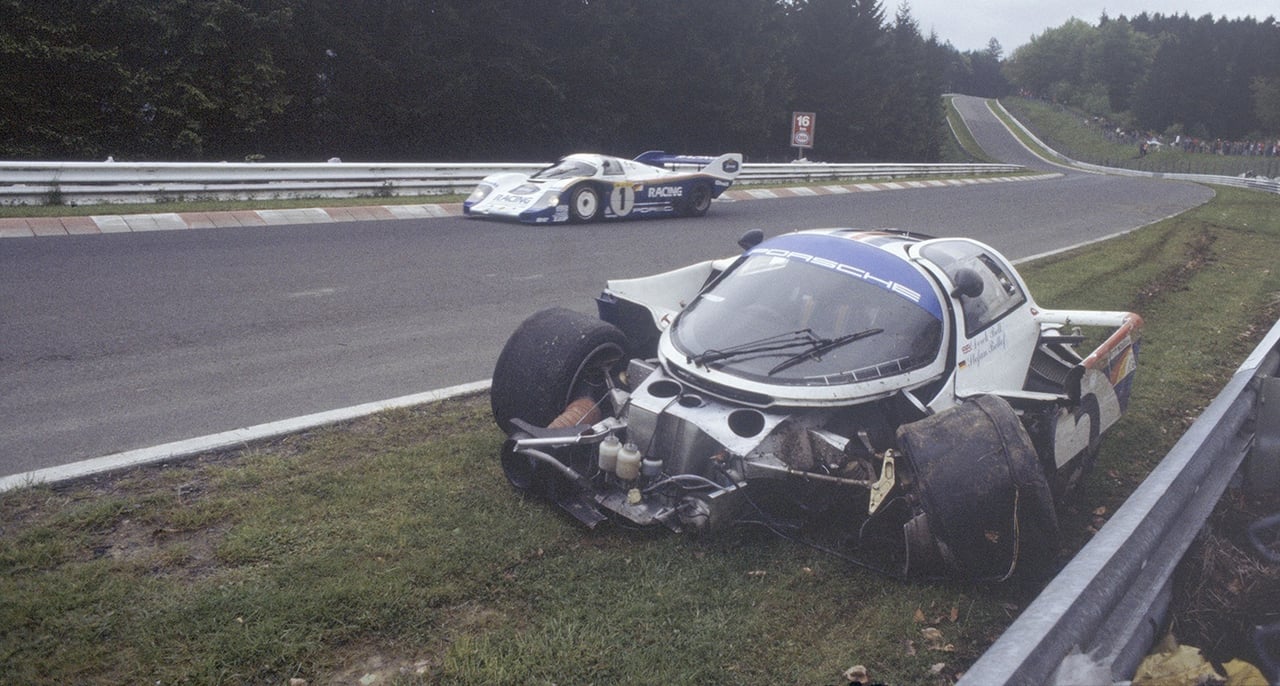
With Jochen Mass’s 6:16.85 qualifying lap playing through his head as a target, Bellof pushes over the start line with determination in his eyes. Although he is fighting to keep the car on the road, especially in the Nurburgring’s famous Karussell, he’s running a hot lap, passing reigning Formula 1 champion Keke Rosberg — who is still learning how to drive the turbocharged Porsches — with ease. As Bellof spent a lot of time at the Nurburgring during his Formula 2 career, he’s able to navigate many areas of the circuit almost on pure muscle memory — knowing precisely where the lines and braking points are. Nearing the end of the lap, he approaches Jacky Ickx with no signs of slowing down. Attacking the straight just prior to the finish line, Bellof slides into Ickx’s slipstream and is soon overtaking him.
While the run felt good, just how good it really was is a shock to all — 6:11.13! That’s more than five seconds faster than Mass’s qualifying lap and over 16 seconds faster than Ickx — not to mention nearly half a minute faster than Rosberg. And although Bellof reached an average speed of over 200km/h and broke the record for the fastest lap around the Nürburgring, he believes he “could have gone faster, but I made two mistakes and a 911 briefly got in my way.”
An official hero
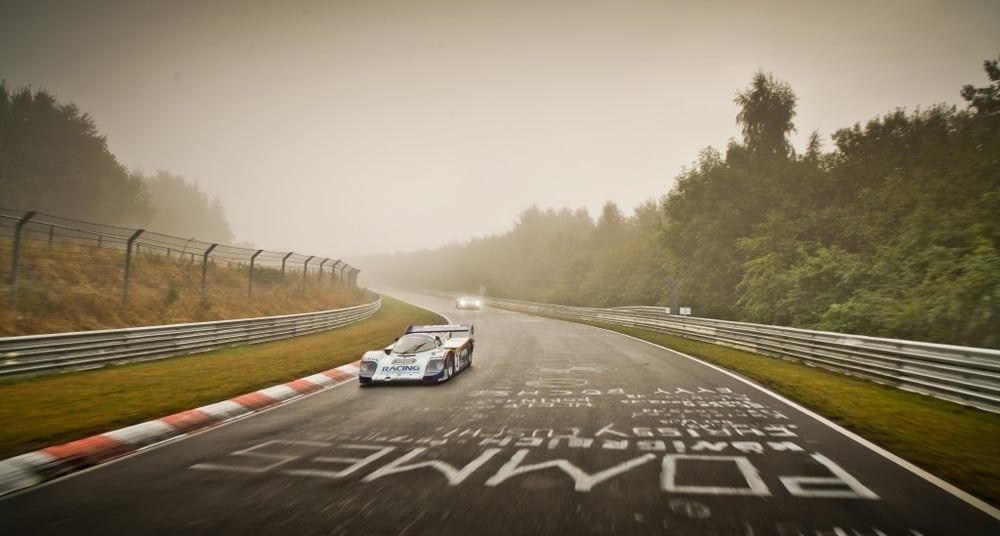
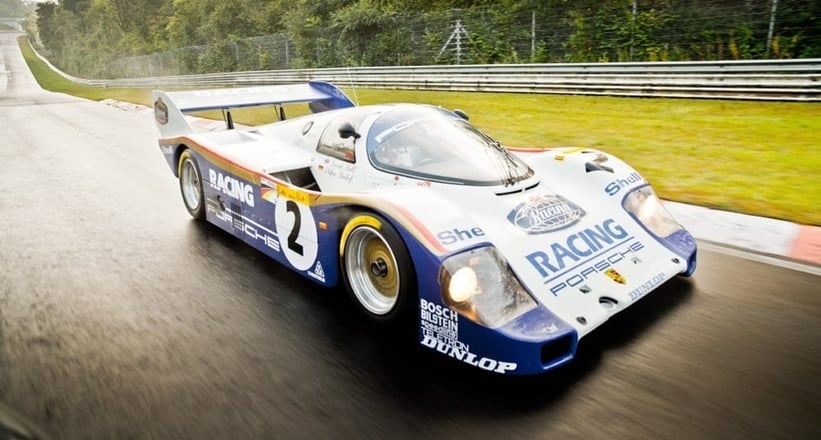
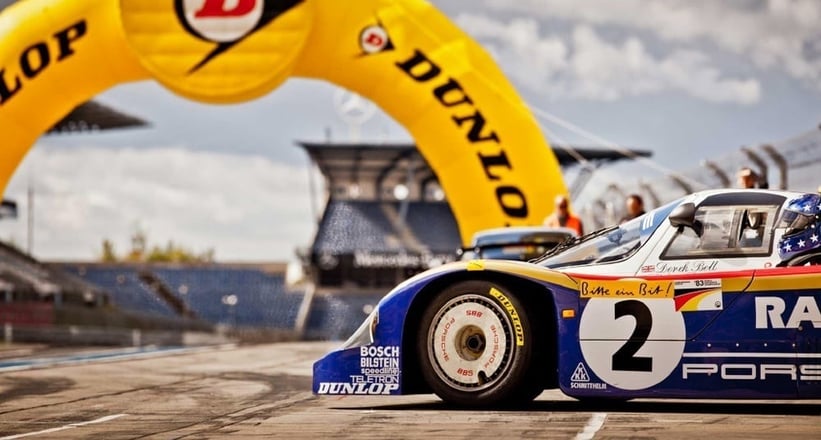
Bellof was determined to not let these mistakes — nor the 911 — get the best of him on race day. And it seemed as if he was on the right track at the beginning of the race. Just six laps in, he had a 36-second lead over Mass and two-and-a-half-minute lead over Rosberg — going against Porsche team leader Norbert Singer’s wishes to conserve fuel. After teammate Derek Bell’s stint in the car, their lead had been significantly shortened, and Bellof hit the circuit on a mission. Unfortunately, this tunnel-vision determination ended up being his downfall, and while coming into Pfianzgarten corner, he lost control of the 956 and crashed into the barrier at 257.5km/h. Fortunately, Bellof walked away from the crash bruised — both ego and body — but otherwise unharmed. Bellof will go on to win the 1984 World Sportscar Championship, driving alongside Bell in a Porsche 956, but sadly, he won’t survive a collision with Ickx at Spa in 1985. And even though his 6:11.13 lap time wouldn’t ever officially be added to the record book, as it took place during qualifying, he will forever be known as the ‘King of the ’Ring’ — a well-deserved title.
Photos: Stefan Bogner / Shutterstock / Sutton Images














